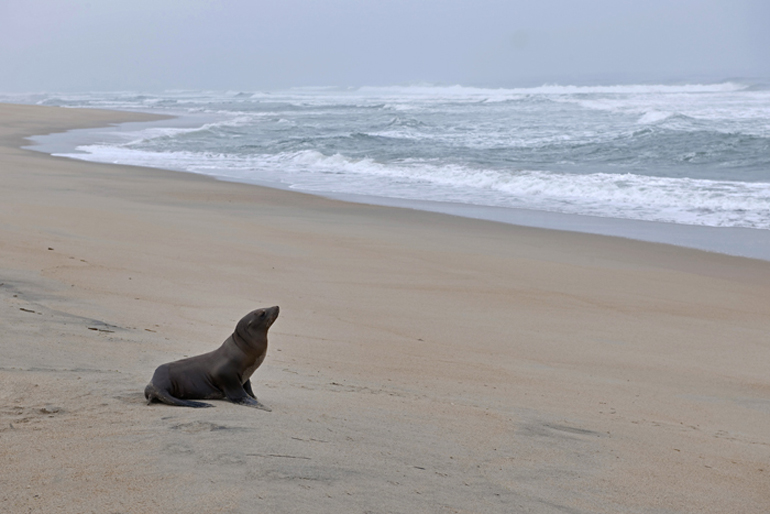
An amazing diversity has evolved since life began in the swishing tide pools of a fledgling earth. Tropical and temperate zones are teeming with species, many still awaiting discovery. Even near the poles the oceans boil with fantastic forms, frolicking, feeding, and being fed upon. And yet, as constant as things seem to us, few of today's species would be recognized by those that lived even a short time ago, say a million years. In fact, 99.9% of all species that ever lived have died. Gone extinct. As sure as the individual lives and dies so too does his kind.
And yet death of an individual or a species is not a bad thing. It is part of the natural order and necessary to create a niche for new species, better adapted to a changing planet. In fact, without a mass extinction event we would not be here. For 100 million years dinosaurs dominated the earth with little challenge. Slinking in the shadows, however, was a group of small, hairy, and unassuming creatures, trying to stay out from underfoot. And then along came an asteroid and everything changed. Giants tumbled and the mouse roared. Without the bully reptiles these mammal precursors had room to flex their own might, primarily an expanding forebrain, and eventually an upright posture and opposable thumbs. And flex they did, until finally we came along, thinking and grasping our way to the top. The apex predator. It is sobering to consider that without the ashes of an asteroid, the greatest force in history, human intellect, might still be a universal thought.
Pinnipeds (seals and sea lions) were slaughtered for food and oil for hundreds of years, to near extinction in many cases. They are a good example of how protection from overharvesting can save species. (next photo)